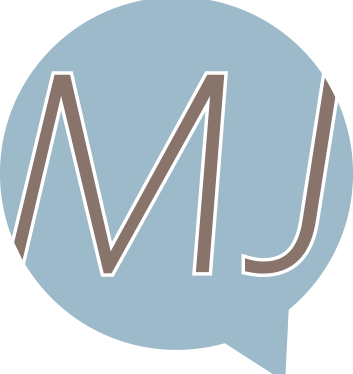The role of data and measurement play a critical role in helping HR become more strategic. Unfortunately, too few HR leaders are aware of this and/or they are charging off in the wrong direction thinking that by gathering and sharing mounds of data they will achieve success. When I encounter this within an organization, I’m reminded of something I was taught years ago regarding data and information: “Data unto itself is meaningless; however, if you can turn data into information, then you’ve accomplished something.” This quote was shared with me by a mentor back in the early 90s and I am constantly reminded of its truth when consulting with clients. The painful reality is that many HR leaders believe that their value to the organization is to produce data and metrics and present them to business leaders without actionable recommendations. They were taught that the path to becoming strategic assets within their organizations was to adopt reporting and business intelligence solutions. They built reports such as a post-payroll overtime report that highlighted which departments were causing the most OT, yet this data alone wasn’t able to propel the business forward until the management team had access to this information in the midst of the pay cycle and also a deeper dive analysis around the talent within that department (click here for our blog post from last month regarding Workforce Management Tools for the SMB). Similarly, HR Managers created turnover reports that tactically highlighted the organization’s retention percentages; yet it, too, fell well short of driving the business forward. Instead, it should be coupled with meaningful talent data (experience/tenure; training; management strengths) from within that same department to identify correlations. Unfortunately, the organizations that implemented such tactical reporting of data fell short of earning HR the recognition they deserve as business strategists. Forward-thinking HR teams have quickly realized the way to elevate HR’s strategic capabilities and drive their business to its maximum potential is to go beyond the adoption of reporting applications and recognize the importance of building a sophisticated, cohesive business intelligence infrastructure, one that:
- Offers a single source of truth for the workforce in one centralized HCM database;
- Delivers tools to gather data and run reports from all areas of HCM, including HR, payroll, benefits, tax, recruitment, performance management, and more to capture key metrics in an instant;
- Produces strategic and predictive metrics as well as tactical reports;
- Allows role-based, real-time information review and sharing through multiple delivery options and in varying formats, including real-time dashboards; and
- Enables an organization to tie people results to company objectives and stay on top of business needs, instead of just reacting to them.
Used to its greatest advantage, this type of unified business intelligence—easily accessed and delivered rapidly—can prove to be a major differentiator for a business, one that can also transform HR managers to HCM strategists. Demand for workforce visibility and insight is huge; yet many HR teams today are only able to produce data on what is currently happening or what occurred in the past. To deliver true value for the organization and gain notice from the executive team, HR needs to move beyond “what occurred,” applying full analytical capabilities to understand “why an event happened” so proactive changes can be made to improve overall. A strategic HR leader not only understands the value of real-time HCM metrics and business intelligence reporting, but also uses them daily to plan, analyze, monitor, and lead the overall business strategy. It is at this point that HR is invited to have a seat at the proverbial table.


